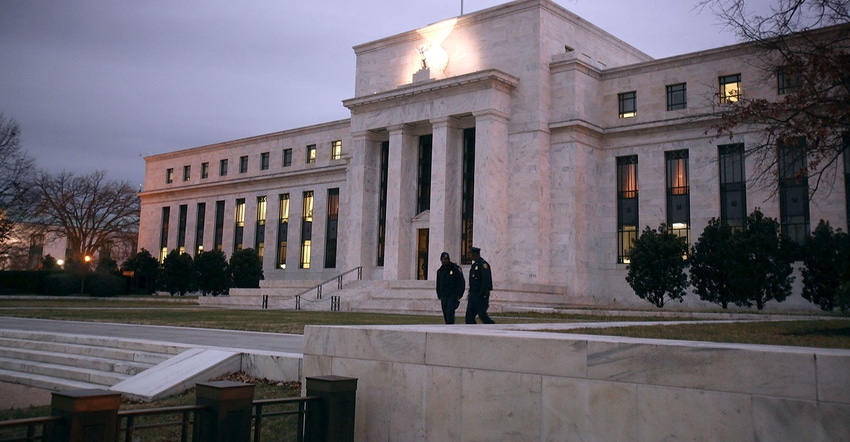
Does friction really exist between President Trump and Fed Chairman Powell? Not really, but media noise has been intense.
Given global market uncertainties the President’s intensity and openness (though abrupt at times) serves as a market barometer signaling potential market volatility, trend, or simply a cautionary flag.
Fed Chairman Powell and the Fed Board members will verbalize monetary policy shifts and directional intentions, signaling all is well, caution is advised, or that an optimal risk management strategy is warranted.
Their individual or collective signals are not always clear for several reasons because the outcome is not necessarily clear, which is why the Fed says we are data-dependent. Additionally, consumer and market participant confidence is all important to market stability.
Responsibilities. President Trump and Chairman Powell, along with Congress, have specific responsibilities and leadership roles when it comes to fiscal, monetary, trade and regulatory policy.
President’s Management Style
The President has an upfront or direct management style, which is magnified by today’s historic (modern times) economic, social, political, and homeland security challenges. President Trump wants as much flexibility as possible to negotiate ongoing global policy disputes and homeland security concerns. Always remember, the world is far more dangerous and uncertain than it has been in decades.
President Trump is focused on resolving an array of global policy disputes and enhancing economic and trade fairness and repositioning the U.S. military and other assets to address threatening aggressive economic and military behavior, especially from China and Russia.
The President’s intense ongoing global policy negotiations on highly contentious policy issues, with China at the forefront, tends to raise the level of global market uncertainty and slightly lower market participant confidence, even though no recession is anticipated near term, which tends to slow global growth and demand for equities and commodities.
Therefore, the President would like the Fed to be as accommodative and stimulative as possible, during these ongoing tense policy negotiations.
Fed Mandate.
The U.S. Federal Reserve has its own mandate. The monetary policy goals of the Federal Reserve are to foster economic conditions that achieve both stable prices and maximum sustainable employment.
Under that mandate, Chairman Powell focuses on monetary policy that prepares the Federal Reserve for unforeseen economic uncertainties and the next economic downturn (recession) and strengthens the fixed asset markets, which will limit fallout from the ongoing pension fund crisis, which no one discusses.
The U.S. Federal Reserve is on a mission to move the Fed Funds Rate to 3.25 plus percent. On December 19, 2018, the FOMC raised the rate to 2.5 percent. In the current economic recovery period, the Fed Funds Rate was raised once in 2015 to 0.5 percent, once in 2016 to 0.75 percent, three times in 2017 to 1.5 percent, and four times in 2018 to 2.50 percent.
The President, Congress and Federal Reserve, along with global counterparts, have an objective of sustaining global economic momentum and avoiding a recession through 2019 and likely several years beyond.
Near term market impact
The question becomes, over the next two to six months, how does extending the second longest business cycle in U.S. history and maintaining global economic momentum affect currency, bond, equity and commodity markets? What one should expect over the next two to six months is slower global growth, a continuation of global market realignment (currency, bond, equity and commodity), increased volatility and uncertainty, and, finally, range- bound markets.
What is the potential market impact over the next two to six months, possibly into mid-2019?
U.S. Dollar likely more strength than weakness. Why? I still expect one to three Fed Rate hikes in 2019, or, said differently, a conservative business plan should not rule out the possibility.
U.S. 10-Year Treasury Yield goes sideways with a downside bias as long as global economic clouds on the horizon signal policy uncertainties remain with a present potential of 2.36 percent.
Global equities likely need to continue collective realignment to lower levels to be in balance with the collective market space of currencies, bonds, and commodities.
Commodities prices continue being punished by the ongoing global economic slowdown and accompanying collective market realignment, so the first couple of weeks in January 2019 will be important to near-term commodity direction.
The next two to six months is a period of cautionary or conservative business practices, which will be followed by a throttle up growth period and rising demand for commodities.
Bobby Coats is a professor in the Department of Agricultural Economics and Agribusiness, University of Arkansas System, Division of Agriculture, Cooperative Extension Service. E-mail: [email protected].
DISCLAIMER-FOR-EDUCATIONAL-PURPOSES-ONLY
About the Author(s)
You May Also Like




